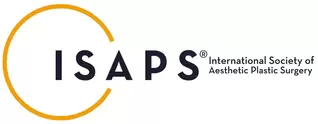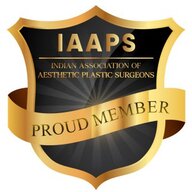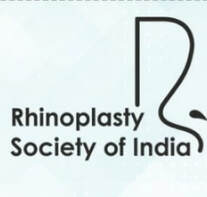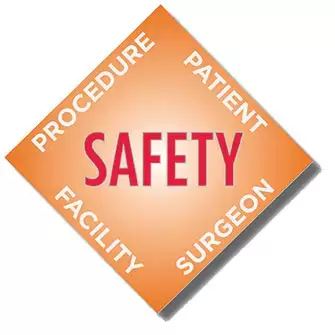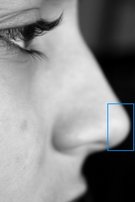
Nose occupies a central location in the face and thus any change in the appearance of the nose becomes immediately apparent. Nose is divided into different parts known as aesthetic subunits. This helps in a better understanding of variations in appearance of the nose and it's management. One of the aesthetic subunits is 'tip' of the nose. Tip occupies the central area of the lower part of the nose. Rhinoplasty is the surgery for improvement of the appearance of the nose and surgery for improvement in the appearance of the tip is known as 'tip-plasty'. Tip-plasty thus forms one of the components of rhinoplasty. Parts of nasal tip The tip of the nose is made up of skin, fatty layer and cartilages. The differences in the shape of individual parts and their inter-relationships determine the appearance of a tip. 1. Skin is the outermost covering. The skin over the tip tends to be thicker than elsewhere in the nose. It is rich in sebum producing glands. 2. Cartilages provide structural support to the tip. They are paired domes attached in the midline with ligaments. The size and shape of the cartilages influence the projection of tip. 3. Fat comprises a layer found between cartilages and skin. Excess of fat leads to a loss of definition of the tip. Variations in appearance of tip These variations of tip are commonly observed: 1. Boxy or bulbous tip: Tip lacks definition in such individuals. 2. Bifid tip: A vertical groove is seen in the midline. 3. Drooping tip: The tip is displaced inferiorly. 4. Dipping of the nasal tip during smiling. Plastic surgery of the tip commonly involves the modification of the underlying cartilages and fatty layer. This is achieved by means of 1. Cartilage trimming: The excess of cartilage is removed thus weakening them. 2. Tip suturing: Different type of sutures modify the shape of the domes of cartilages. These sutures can also help elevate the tip in relation to the septum. 3. Cartilage grafting: Cartilage grafts are used to augment the tips. Grafts can be obtained from within the nose or from elsewhere. Depending upon the need grafts of different shapes are used. 4. Trimming of the fatty layer: An abundance of the fatty layer may lead to a lack of definition of the nasal tip. 5. Modification of the muscles of the upper lip is performed in cases where there is dipping of the tip during animation. It would be uncommon to undertake tip-plasty alone for the improvement of aesthetics of nose. It is usually accompanied by modification to other parts of the nose. Any change brought about to one part of nose tends to have a cascading effect on its neighboring structures. Thus, any surgical plan for improvement of the tip should also take into account the effect on rest of nose as well as the face. A sense of balance and harmony is important when trying to undertake a cosmetic improvement. Rhinoplasty is divided into open and closed rhinoplasty depending upon the incisions. Open rhinoplasty involves placement of incisions on the under-surface of the nose. Most of the incision is hidden. This approach gives a surgeon a good exposure of the operative field and allows direct visualization and modification of the tip structures. Who is a good candidate for tip-plasty? These would include those 1. with reasonable expectation about rhinoplasty or nose job. 2. with good health and do not have any serious co-morbid illness. 3. do not smoke. How does one get a tip-plasty? In case one is bothered about the appearance of the tip it is advisable to discuss it with a friend or partner. This can help you put things in a proper perspective. Preoperative consultation: You can bring along another person during a pre- operative consultation. During an interview with the doctor, you will be asked about your concerns relating to your nose and treatment expectations. You should also come prepared to disclose the history of previous treatments and other medical conditions such as allergy. This helps in making the procedure safer. After clinical examination, the surgeon will be able to suggest treatment options. These differ based on duration, downtime, and outcomes. A consultation is a good time to clarify any doubts. Further tests or investigations may be ordered. In some cases, an ENT consultation may be requested. Images are obtained either in the office or surgical facility. A second consultation may be scheduled in some cases. Anesthesia: Rhinoplasty can be carried out under local anesthesia with or without sedation or general anesthesia. The type of anesthesia is often recommended by the anesthetist. Procedure and recovery: Rhinoplasty is usually carried out as a short stay procedure. Patients can move around as soon as they are awake. Discomfort is usually well controlled with the help of pain medications. Tapes are usually attached to the nose. A drip pad may be taped below the nostrils for the first few days. Patients can usually return home after an overnight stay at the surgical facility. You should arrange for a relative or friend to drive you back to your home. Patients are advised to cleanse the suture lines with a cotton tip applicator during the first week. Swelling is maximal during the second post-operative day. Thereafter it gradually subsides. Sutures are usually removed during the first week. Even though most of the swelling is gone by the end of the first month the nose takes some time to settle into its final shape. Post-operative images are obtained at six months and during subsequent follow-up visits. Risks of tip-plasty: The risks include, 1. Infection. It is uncommon due to the abundant vascularity of nasal tissues. 2. Prominent scarring: It may be seen in some individuals. Only a small part of the scar is visible on undersurface of the nose. Prominent scars usually respond to measures such as the application of silicone tapes and intralesional injections. 3. Unfavorable results: This can sometimes happen. It is important to understand that the final shape of the nose takes nearly one year to become apparent. Revision surgery is carried out after one year. Benefits of tip-plasty: These are, 1. Improved balance and harmony of the nose and facial features. 2. Better self-confidence and esteem. To learn more about nose job (rhinoplasty), click here.
Split earlobe injuries are common. Even more common are the wide apertures which result from wearing heavy earrings for many years. As a result, the ornaments end up dangling instead of lying side by side with the ear lobe skin.
Split earlobes and wide openings can be repaired with a short office procedure. The site is treated with local anesthetic making the procedure painless. The edges of the opening are removed and are then approximated using fine sutures. We modify the technique which enables the local tissue to form a narrowed aperture at the same sitting. This obviates the need for a subsequent piercing of the earlobe. It takes approximately 30 minutes to perform the repair on each side. Patients can return home soon after the procedure. Sutures are removed at 7 days. Light earrings can be worn at the end of 3 weeks. Advantages of Pardue flap technique: 1. There is no need for a subsequent piercing. 2. The original site of the aperture is retained. 3. It is possible to start wearing earrings by the end of 3 weeks. The procedure is safe and does not need any complicated post-operative care. We advise our patients to wear light earrings for a year after the procedure. |
AuthorI like to keep it simple. CategoriesArchives
June 2024
Categories |
- Home
-
Cosmetic
- Fat grafting
- Swellings and moles
- Scar revision
- Leukoderma (Melanocyte transfer)
- Hair transplant
- Facial rejuvenation procedures
- Nose job (Rhinoplasty)
- Cleft lip nose correction
- Ear (Otoplasty)
- Lip reduction
- Breast augmentation
- Breast reduction
- Tuberous breasts
- Axillary breasts
- Gynecomastia
- Liposuction
- Brachioplasty (Arm contouring)
- Abdominoplasty (Tummy tuck)
- Female genital rejuvenation
-
Reconstructive
- Contact
- Blog
- Home
-
Cosmetic
- Fat grafting
- Swellings and moles
- Scar revision
- Leukoderma (Melanocyte transfer)
- Hair transplant
- Facial rejuvenation procedures
- Nose job (Rhinoplasty)
- Cleft lip nose correction
- Ear (Otoplasty)
- Lip reduction
- Breast augmentation
- Breast reduction
- Tuberous breasts
- Axillary breasts
- Gynecomastia
- Liposuction
- Brachioplasty (Arm contouring)
- Abdominoplasty (Tummy tuck)
- Female genital rejuvenation
-
Reconstructive
- Contact
- Blog
You can leave us a comment using the contact form below.
We shall get back to you at the earliest.
We shall get back to you at the earliest.
Links
- Face procedures | Rhinoplasty, Otoplasty, Lip reduction, Fat grafting
- Body procedures | Gynecomastia , Breast reduction, Abdominoplasty, Brachioplasty, Liposuction
- Skin procedures | Scar revision, Moles, Leukoderma surgery
Let's be friends !
Follow us at Facebook and Twitter.
Follow us at Facebook and Twitter.
© 2024 Amicus Clinic (Plastic Surgery Centre, Trivandrum). All rights reserved.
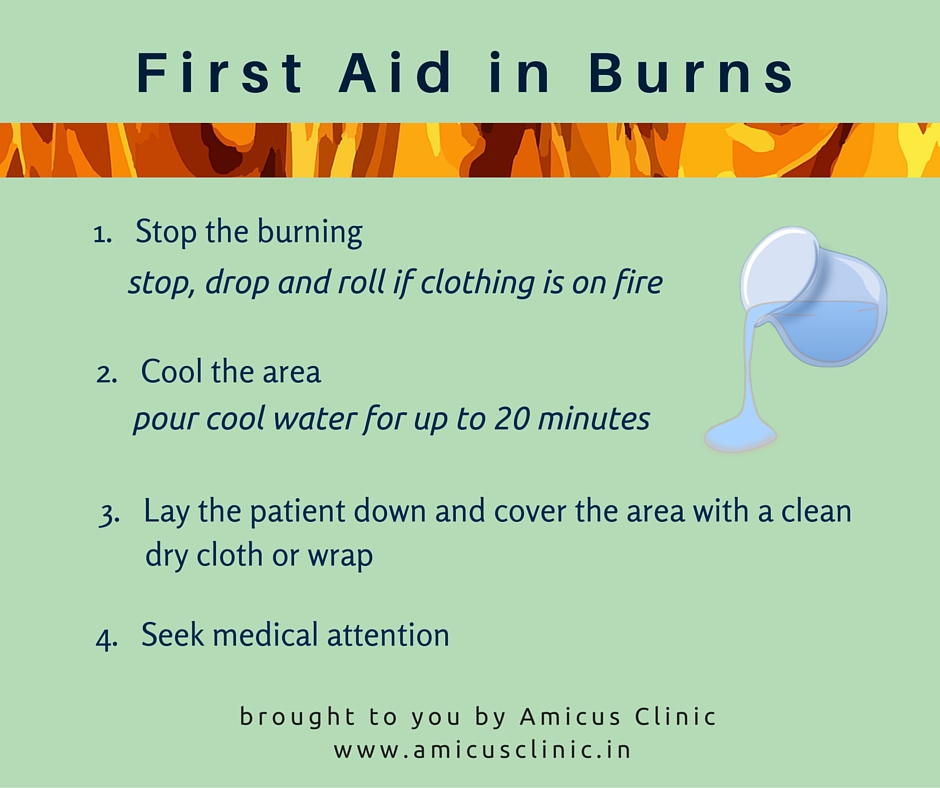
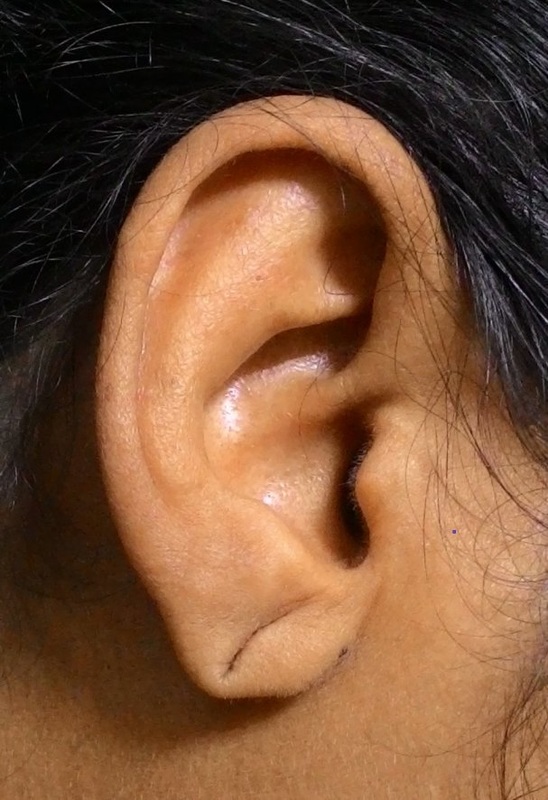
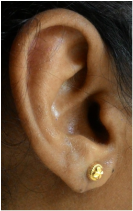
 RSS Feed
RSS Feed
